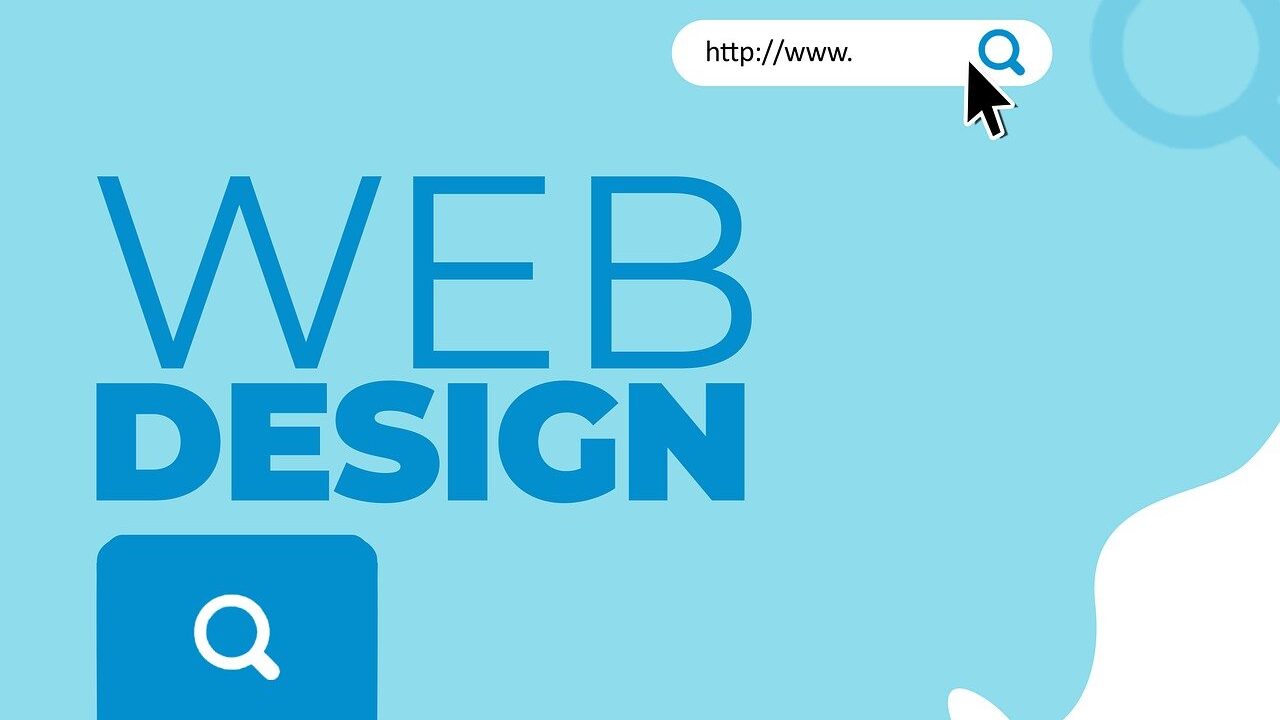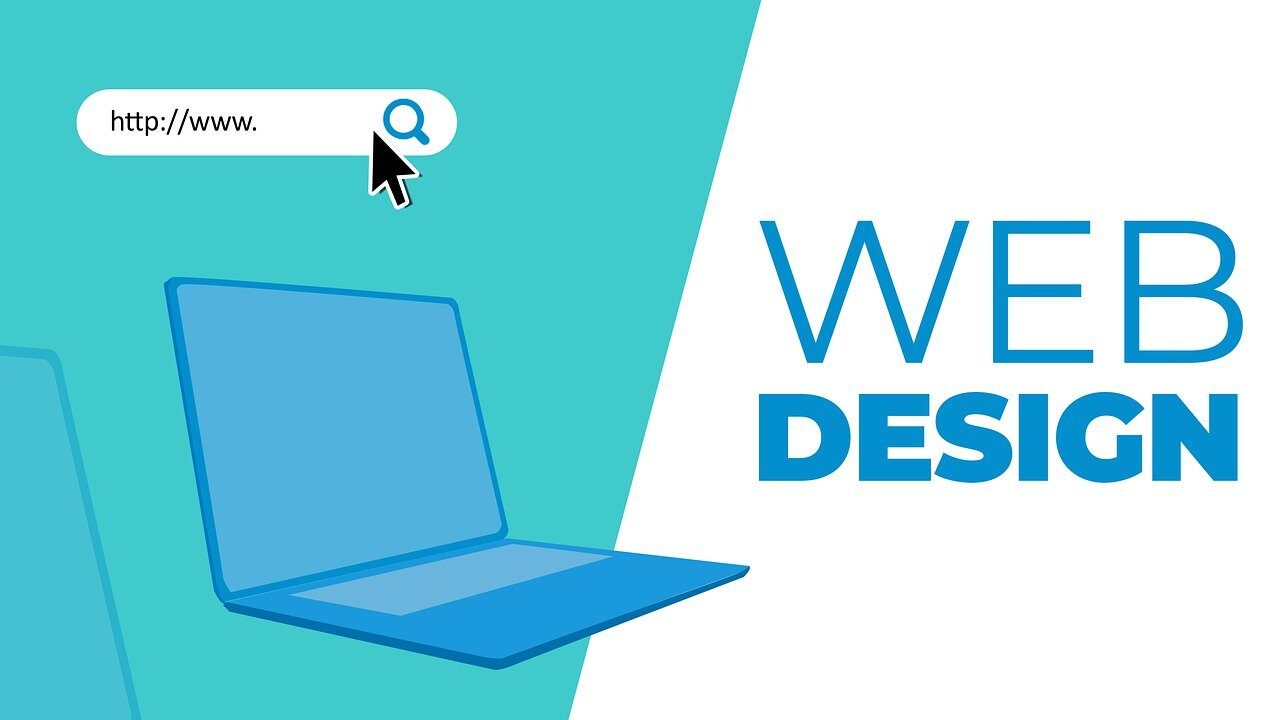How to Choose a Brand Name for Your New Business
How do I come up with a catchy business name?
Make Use Of Alliteration:- Brand names that use alliteration are catchy. Also, they’re fun to say and easy to remember. A common way to use alliteration in business naming is to take your core product or service. In other words, you pair it with a favorable adjective. Thus, this indicates your brand positioning.
How to Choose a Great Brand Name
If you need to choose a brand name for your product, service or business. So, start by considering the importance of the name in your branding efforts.
Your name is an extension of your brand. Also, it can reinforce the value you provide or distance you from it. When you’re developing a name for a business, a product, or a service, you have many options:
- Use the founder or inventor’s name (Hewlett-Packard)
- Describe what you do (Southwest Airlines)
- Describe an experience or image (Sprint)
- Take a word out of context (Apple)
- Make up a word (Google)
Naming Key Concepts & Steps
Before you choose a brand name
Since your name is an extension of your brand. It is important to develop your brand strategy before you start the naming process.
Do you need to hire someone?
With a good process and strategy, you can develop a good name on your own. But, you may not have the resources or desire to handle the project. While it’s no guarantee that a firm or consultant will develop a better name. They may do it very fast.
There are factors to consider, including
- The stakes: if you’re investing a lot of money into launching a new product. This is a major market with established competition, the stakes are high.
- Your confidence in your team’s creative firepower or objectivity.
- The amount of time and energy you have to devote to the project.
- Whether you can afford to bring in an outside resource.
Develop a strategy to choose a great brand name
- Determine what your name needs to achieve.
- Decide how it will work with existing product or service names (if applicable).
- Determine what kind of name to develop. For instance, descriptive, invented founder’s name, etc.
- Develop goal criteria to test the names you generate.
Generate plenty of potential names
If you’re competing beyond your local area. But, you would discover that your potential names are already taken. So, you’ll need to create a long list. Invite a variety of people to a brainstorming session. Plan it well, and capture every idea for further evaluation.
Check the list against your criteria
Your goal is to find the name that meets your criteria. So, be careful about asking friends and family whether they “like” a name. For example, a name that raises eyebrows. It may do so because it’s different. Thus, it may be the most memorable and powerful one in the bunch.
Test your name
Make sure it sounds good over the phone (for example, when a sales rep calls a prospect)
Won’t be mispronounced or misspelled, which defeats the purpose of a name
Isn’t confusing
Conveys your desired brand personality
Has a URL that works with it
Protect your brand name
It’s important to protect your name to the appropriate degree. If you choose a name that infringes on another company’s trademark. In other words, you could receive a cease-and-desist letter. Thus, you have to go to court and/or change your name after months or even years of use.
By protecting your name, you gain the ability to prevent future competitors from using it.
After Naming
After you choose your great brand name. Afterwards, you can create your logo and corporate identity. In other words, begin creating your brand story, brand personality, and brand messaging. This is to use throughout your sales materials and marketing efforts.
You can access step-by-step brand naming instructions. This is for all these with our comprehensive brand strategy toolkit.
What Makes a Good Brand Name?
There are lots of theories and many studies on what makes a decent name. For example, a 2010 University of Canadian province. They found out that buyers have a positive reaction. Also, to brands with structured names, like Coca-Cola, Kit Kat, and Jelly Belly.
While there’s no magic formula, there are traits that build a name. This is easier to use and easier for others to remember. Ideally, you wish one thing that’s:
Meaningful: It communicates your complete essence, conjures a picture. Also, it cultivates a positive emotional connection.
Distinctive: it’s distinctive, memorable, and stands out from your competitors.
Accessible: folks will interpret it, say it, spell it, or Google it. (Even if you have got an uncommon or bizarre name, it should be understandable.)
Protectable: you’ll be able to trademark it, get the domain, and “own” it. This is each and within the general consciousness.
Future-proof: It will grow with the corporate and maintain relevance. It would be custom-made for various merchandise and complete extensions.
Visual: you’ll be able to translate/communicate it through design. Thus, as well as icons, logos, colors, etc.
This is a helpful criteria to assist you with vet names. But, there’s very one question to see whether a reputation is prosperous. (note that we have a tendency to didn’t say “good” or “bad”). All that matters is this: will it resonate with people?
How to realize the correct Name
Finding a decent name are often exhausting, infuriating, and thrilling.
There are a lot of services that are attempting to create it easier for you. whether by suggesting names (e.g., Shopify’s Business Name Generator or Wordoid). domains (e.g., Bust a Name).It can also be names and accessible URLS (e.g., complete Bucket).
These tools are often useful for group action. But, we predict it’s necessary opt for, vet, and check a name and with purpose. (Some things can’t be auto-generated.)
So, if you’re able to opt for your name, here’s our in small stages guide to try and do it.
What Makes a good brand Name?
There are lots of theories and many studies on what makes a decent name. For example, a 2010 University of Canadian province study found that buyers have a lot of reaction to brands. Thus, with structured names, like Coca-Cola, Kit Kat, and Jelly Belly.
While there’s no formula, there are common traits that build a name easier. This is made to use and easier for others to remember. So, you wish one thing that’s:
Meaningful: It communicates your complete essence, conjures a picture. Also, cultivates a positive emotional connection.
Distinctive: it’s unique, memorable, and stands out from your competitors.
Accessible: folks will interpret it, say it, spell it, or Google it. (Even if you have got an uncommon or bizarre name, it should be understandable.)
Protectable: you’ll be able to trademark it, get the domain, and “own” it. each and within the general consciousness.
Future-proof: It will grow with the corporate and maintain relevance. Thus, it would be custom-made for various products and complete extensions.
Visual: you’ll be able to translate/communicate it through design. as well as icons, logos, colors, etc.
This is a helpful criteria to assist you with vet names. But, there’s very one question to see whether a reputation is prosperous. Note that we have a tendency to say “good” or “bad”. All that matters is this: will it resonate with people?
How to realize the correct Name
Finding a decent name is often exhausting, infuriating, and thrilling.
There are a lot of and a lot of services that are attempting to create it easier for you. Whether by pre-vetting and suggesting names (e.g., Shopify’s Business Name Generator or Wordoid). In other words, domains (e.g., Bust a Name) or names and accessible URLS (e.g., complete Bucket).
These tools are often useful for group action. But, we predict it’s necessary opt for, vet, and check a name and with purpose. (Some things can’t be auto-generated.)
So, if you’re able to opt for your name, here’s our in small stages guide to try and do it.





